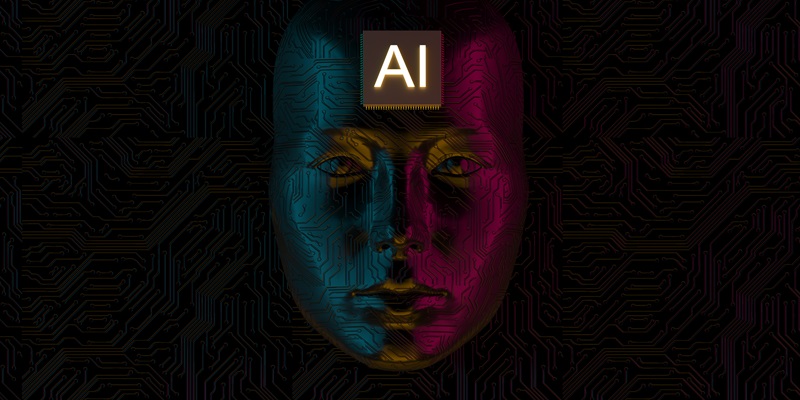In the world of artificial intelligence (AI), large language models (LLMs) have made significant strides in natural language processing. However, these models are not without their limitations. One of the prominent challenges faced by LLMs is the occurrence of hallucinations, which refers to the generation of inaccurate responses by AI systems. To overcome this obstacle, Jaxon AI has developed Domain-Specific AI Language (DSAIL), a cutting-edge technology that aims to deliver reliable and trustworthy AI solutions.
Developing Reliable AI Solutions with a Novel Approach
DSAIL takes a unique approach to tackle hallucinations and inaccuracies in AI language models. One of the key aspects of DSAIL is its integration of IBM Watson’s foundational models, which provide a robust foundation for building more reliable AI solutions. By leveraging IBM’s expertise in AI and natural language processing, DSAIL enhances the accuracy and reliability of AI-generated responses.
Understanding Hallucinations in AI Systems: The Risk DSAIL Aims to Mitigate
Hallucination occurs when an AI system produces responses that are not aligned with the intended meaning or are factually incorrect. This can lead to misleading or potentially harmful outcomes, undermining the reliability of AI applications. DSAIL recognizes this risk and strives to minimize it through its innovative technology.
Ensuring Accurate AI Responses
DSAIL converts natural language inputs into a binary language format, enabling more rigorous checks and balances to ensure accurate AI-generated responses. By utilizing advanced techniques and algorithms, DSAIL meticulously validates and verifies the generated output, significantly reducing the chances of hallucinations.
The Role of Retrieval-Augmented Generation (RAG)
To further mitigate hallucinations, DSAIL incorporates the technique of Retrieval-Augmented Generation (RAG). RAG combines the benefits of both retrieval-based and generation-based models, enabling the AI system to retrieve relevant information from a vast knowledge base and generate responses accordingly. This approach not only reduces hallucinations but also enhances the trustworthiness of the AI system.
IBM Watson’s StarCoder model is powering automatic code generation in AI projects
Jaxon AI leverages IBM Watson’s StarCoder model, an automatic code generation tool, to streamline AI projects. StarCoder assists developers by generating code snippets, accelerating the development process. IBM’s involvement in the open-source StarCoder project and partnership with Hugging Face further underscores their commitment to democratizing AI technology.
Empowering developers and ISVs like Jaxon AI
As part of the IBM Build program, Jaxon AI receives access to IBM’s WatsonX models and technical assistance, enabling them to enhance their DSAIL technology. IBM is dedicated to providing organizations with reliable and trusted AI foundation models, backed by rigorous training and legal checks. This partnership solidifies Jaxon AI’s commitment to delivering cutting-edge AI solutions.
Advancing Generative AI and LLM Technology
In the highly competitive AI market, IBM aims to position itself as a trusted provider of generative AI and LLM technology. By partnering with experts, such as Jaxon AI, and offering reliable foundation models like DSAIL, IBM strives to establish trust among organizations seeking dependable AI solutions.
Jaxon AI’s DSAIL technology has emerged as a promising solution to the challenge of hallucinations and inaccuracies in large language models. By combining IBM Watson’s foundational models, implementing rigorous checks and balances, and incorporating techniques like RAG, DSAIL significantly reduces the risk of hallucinations in AI-generated responses. With the continued support of IBM through the Build program, Jaxon AI is well-positioned to revolutionize the AI landscape, delivering reliable, trusted, and accurate AI solutions.

